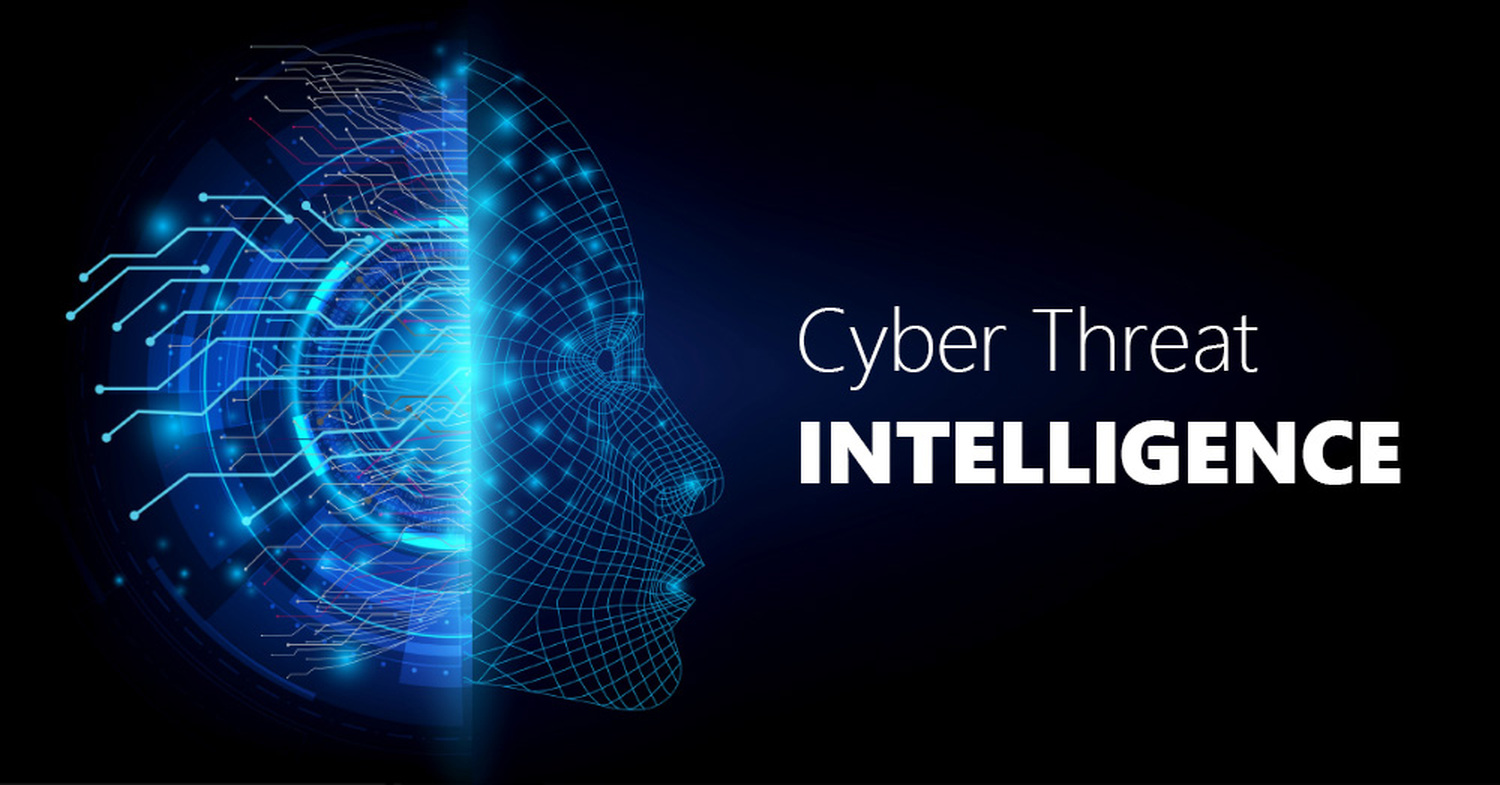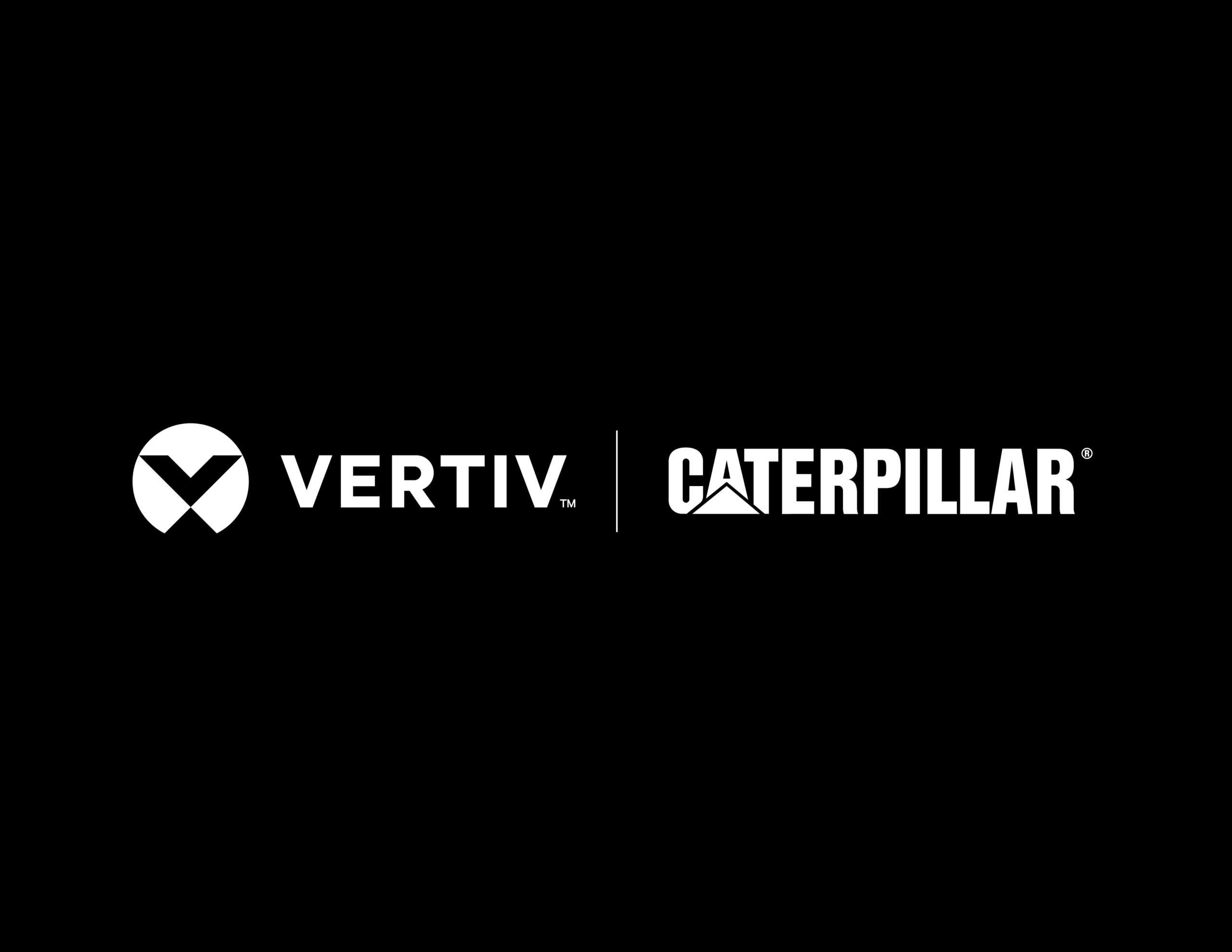Tech News
Unveiling the Key Findings of the SANS Institute 2024 Cyber Threat Intelligence Survey

SANS Institute has published the 2024 Cyber Threat Intelligence (CTI) Survey, authored by renowned cybersecurity experts, SANS Certified Instructor Rebekah Brown and SANS Instructor Candidate Andreas Sfakianakis. With a dramatic rise in covert activities, cloud breaches, and AI-driven attacks, the insights from this survey are vital for CISOs, CIOs, and security professionals looking to stay ahead of adversaries. Understanding the latest trends and preparing for emerging threats can help organizations protect their digital assets and maintain trust with customers and stakeholders.
As cyber threats continue to evolve in complexity and sophistication, this year’s survey highlights pivotal insights that are essential for organizations aiming to bolster their defenses with groundbreaking insights into the evolving threat landscape, with a focus on the significant influence of geopolitical events, the burgeoning role of artificial intelligence, and the emerging dominance of threat hunting within CTI teams.
Geopolitical and Regulatory Influences
Geopolitics and new regulations are profoundly shaping CTI team activities. “The increasing frequency and complexity of global conflicts have made it essential for CTI teams to broaden their focus beyond internal issues,” said Brown. “Our survey shows that 77.5% of respondents recognize the significant impact of geopolitics on their intelligence requirements, highlighting the need for adaptive and informed responses to external threats.” Additionally, 74% of respondents emphasize the importance of adapting to new regulations, underscoring the necessity for CTI teams to stay compliant with evolving legal landscapes.
Rise of Threat Hunting
For the first time, threat hunting has emerged as the top use case for CTI. This proactive approach to detecting unidentified threats has seen substantial reliance on the MITRE ATT&CK framework, with over 95% of respondents utilizing it for categorizing and communicating tactics, techniques, and procedures (TTPs). “The prominence of threat hunting reflects a strategic shift in how organizations are leveraging CTI,” Sfakianakis noted. “This approach not only enhances detection capabilities but also strengthens overall security posture.”
Impact of Artificial Intelligence
AI is making significant inroads in CTI, with nearly one-quarter of respondents already leveraging AI in their programs and another 38% planning to adopt it. “Artificial intelligence is becoming a crucial tool for CTI teams, helping analysts prioritize and process vast amounts of information through advanced scoring and summarization techniques,” said Brown. However, she also highlighted the growing concern about the adversarial use of AI, stressing the importance of preparing for AI-driven threats.
Integration via Threat Intelligence Platforms (TIPs)
The survey highlights the critical role of Threat Intelligence Platforms (TIPs) in integrating CTI into the security stack. A notable 58% of participants reported incorporating CTI into their detection and response controls through TIPs’ built-in integration capabilities. “The mature state of TIPs demonstrates their effectiveness in disseminating threat intelligence across security tools, enhancing the overall efficiency of CTI programs,” Sfakianakis explained.
CTI in Vulnerability Management
The role of CTI in vulnerability management has seen a significant increase, with 66% of respondents now using CTI to pinpoint actively exploited vulnerabilities. This marks a rise from 54% in 2017, demonstrating CTI’s pivotal role in prioritizing patches and supporting vulnerability remediation efforts. “Our findings highlight the growing reliance on CTI for operational purposes in vulnerability management, with 83% of respondents considering it essential for identifying and addressing critical vulnerabilities,” Brown stated.
Tech News
Ramco Systems Celebrates 20 Years in the Middle East, Unveils Vision for the Future at Milestone Event

Doubles down on AI-native applications and localized innovation to shape enterprise technology in the region
Ramco Systems, aglobal enterprise software company offering next-generation SaaS-enabled platforms and products, celebrated two decades of powering enterprise transformation in the Middle East. To mark this milestone, Ramco hosted Ramco@20 – Experience That Matters, a full-day event in Dubai designed to showcase its regional journey, highlight cutting-edge innovations, and bring customers and industry leaders together for forward-looking discussions.
The first half of Ramco@20 convened senior HR and payroll leaders from across the region for a thought leadership forum on the future of employee experience. Industry leaders discussed how enterprises in the Middle East are moving beyond traditional HR process optimization toward more intelligent, intuitive, and employee-centric models of workforce management. Conversations explored balancing automation with empathy, using AI thoughtfully, and elevating payroll as a trust-building touchpoint.
The second half welcomed a large gathering of customers across business units – Global Payroll, Aviation MRO, ERP, Services Resource Planning and Logistics – along with partners, and industry influencers, for a celebration honouring the relationships that have defined Ramco’s two-decade journey. Ramco’s leadership unveiled its technology vision: shifting from Systems of Record to Systems of Intelligence through AI-native applications, agentic workflows, and conversational UX. The leadership’s address also emphasized its investments in platform modernization and localized initiatives, while outlining a roadmap to further strengthen Ramco’s focus for the next 20 years.
Abinav Raja, Managing Director, Ramco Systems, said, “The Middle East has been a cornerstone of Ramco’s growth story for two decades and has shaped our thinking in profound ways. The region’s appetite for transformation has inspired us to design solutions that combine global best practices with local relevance. This milestone is built on the trust and partnership of our customers, and our commitment is clear: double down on AI-native, API-first applications that incorporate special features aligned with the region, platform modernization, and customer-centricity. We are shaping the future of enterprise technology with solutions enabling businesses to focus on what truly matters: growth and people.”
Sandesh Bilagi, Chief Operating Officer, Ramco Systems, said, “Our presence in the Middle East has been built on strong partnerships and a commitment to delivering outcomes. This region is not merely a market for us, but also a proving ground for ideas that redefine global enterprise technology. The presence of all our business units in this region makes the Middle East a key pillar and reflects the confidence our customers have placed in us for twenty years.“
“Our investments in agentic AI, conversational UX, and platform innovation are designed to deliver enterprise applications that are intuitive, secure, scalable and integrate regional nuances,” Bilagi added. “We also focus on customer-focused initiatives like local deployment and training because every digital journey is, at its core, a human journey. The region is setting global benchmarks, and we are proud partners of the next era of enterprise innovation.”
Over the past two decades, Ramco has partnered with leading enterprises across the region, enabling digital transformation through innovative solutions. Its work in the Middle East has been shaped by sectors and functions that demand precision at scale – payroll, aviation, manufacturing, conglomerates, trading, infrastructure, professional services and logistics – giving Ramco an execution depth that continues to define its competitiveness in the region.
Tech News
Vertiv and Caterpillar announce Energy Optimization Collaboration to Expand End-to-End Power and Cooling Offerings for AI Data Centers

Vertiv, a global leader in critical digital infrastructure, and Caterpillar Inc. (NYSE: CAT), a global leader in power systems, today announced the signing of a strategic undertaking to collaborate on advanced energy optimization solutions for data centers. This initiative will integrate Vertiv’s power distribution and cooling portfolio with Caterpillar’s, and its subsidiary Solar Turbines’, product and expertise in power generation and CCHP (Combined Cooling, Heat and Power) to deliver pre-designed architectures that simplify deployment, accelerate time-to-power and optimize performance for data center operations.
A Powerful Collaboration:
This collaboration directly addresses the growing demand for on-site energy solutions that deliver reliable power and cooling. Together, the companies are able to offer a fully integrated solution with validated interfaces and performance, enabling customers to accelerate design, installation and deployment.
- Caterpillar and Solar Turbines will supply power generation solutions, such as natural gas turbines and reciprocating engines, to deliver dependable, scalable electric power and thermal energy for CCHP.
- Vertiv will provide a complete portfolio of power and cooling solutions and services, packaged as modular, pre-designed blocks, to shorten design cycles and standardize deployment.
The Customer Advantages:
- Accelerates Time-to-Power – by utilizing predesigned, modular reference architectures to speed up deployment time.
- Lowers PUE (Power Usage Effectiveness) – enables improved energy efficiency and carbon footprint because the system is optimized end-to-end: power, cooling, distribution and dynamic load management, compared to traditional design.
- Global lifecycle support – the offering is backed by the trusted, global service and support networks of both Vertiv and Caterpillar.
“This collaboration with Caterpillar and Solar Turbines is a cornerstone of our Bring Your Own Power & Cooling (BYOP&C) strategy and aligns seamlessly with our grid-to-chip framework by offering resilient, on-site power generation solutions. This is optimal for customers looking to reduce or eliminate grid dependence,” said Gio Albertazzi, CEO, at Vertiv. “By combining our complementary technologies, portfolios and expertise, we are enabling coordinated integration. Our pre-engineered, interoperability-tested building blocks let customers execute design, build and deploy concurrently, with predictable system performance.”
“As AI-driven workloads continue to accelerate, the demand for robust and scalable power infrastructure and cooling is becoming increasingly critical,” said Jason Kaiser, group president of Caterpillar Power & Energy. “Our collaboration with Vertiv will enable us to deliver integrated, on-site energy solutions that lower PUE and meet customers’ evolving needs.”
This initiative directly addresses the growing demand for on-site energy solutions and offers a coordinated, customer-first approach to solution design and implementation. The Vertiv and Caterpillar Memorandum of Understanding (MOU) represents a pivotal step in further refining this ecosystem, enabling customers to overcome energy constraints and deploy optimized AI centers.
Tech News
ASUS Presents “Design You Can Feel” at Dubai Design Week — A Multi-Sensory Journey Through Craftsmanship, AI, and the Future of Laptop Design

ASUS has opened the doors to its most immersive exhibition yet, Design You Can Feel, at Dubai Design Week 2025 — where emotion, functionality, and innovation collide to shape the future of personal technology. Featuring the exclusive Zenbook Ceraluminum™ Signature Edition and the world’s lightest Copilot+ PC, the Zenbook A14, the showcase invites visitors to experience how ASUS is transforming everyday devices into objects of desire — built to be felt, owned, and adored.
Held at Atrium Building 5 in Dubai Design District (d3), the interactive exhibit replaces the traditional tech display with a sensory journey — spotlighting not just what ASUS builds, but how it makes people feel. It is a rare chance for consumers to get up close, try the devices, and even purchase them at exclusive Design Week prices.
“Zenbook has always been about design that connects emotionally. With the Copilot+ PC lineup, we’ve reached a new era — one where your device responds to you, understands you, and becomes a seamless part of your creative and personal life,” said Coraline Lin, Marketing Director of, ASUS.
WHAT VISITORS EXPERIENCED INSIDE “DESIGN YOU CAN FEEL”
Zenbook Ceraluminum™ Signature Edition
The centerpiece of the exhibit, crafted from ASUS’s proprietary Ceraluminum™ — a material that blends the durability of ceramics with the weightlessness of aluminum. Available in four finishes inspired by nature, this ultra-premium collectible edition laptop was built to redefine what luxury tech feels like. The tactile experience is unforgettable — and so is the fact that visitors can purchase it on-site.
Visitors can also explore the AL-FORM Furniture Range — a collection of sculptural chairs that explore the materiality of Ceraluminum™. One chair in the collection is made entirely from Ceraluminum™ — and visitors are encouraged to touch, guess, and interact. It’s design that tells a story — and acts as the perfect lead-in to a purchase moment.
To complement the experience, a bespoke Ceraluminum™ Bukhoor burner adds a UAE-inspired sensory layer to the space — signaling ASUS’s deep respect for local culture while showcasing just how far the material can go.
INTERACTIVE HIGHLIGHTS
“Thincredible Table”
A hands-on disassembly experience where visitors can explore what makes ASUS laptops ultra-thin, ultra-durable, and ultra-desirable — from board design to external finishes. The more visitors understand what’s inside, the more they’ll want to own one.
SUSA by Future Facility
A conceptual piece redefining device interaction — made from oxidized Ceraluminum™ and powered by AI. It challenges everything we know — and want — from modern devices.
Tech-Art Installation by Dr. Ahmad AlAttar
A brainchild of Emirati roboticist and artist Dr. AlAttar, this immersive artwork transforms touch into sound — a symbolic bridge between human emotion and machine response. It embodies ASUS’s message: the future of tech is alive, reactive, and emotional.
EXCLUSIVE DESIGN WEEK OFFERS — AVAILABLE ON-SITE AND ONLINE
For the first time ever, ASUS is uniting a design exhibition with a purchase campaign. Visitors can shop exclusive deals of up to AED 2,000 off on select Zenbook and ProArt laptops — both in-person and through the ASUS eShop.
Featured devices include:
- Zenbook S16 (UM5606) – 16” Copilot+ powerhouse
- Zenbook DUO (UX8406CA) – Dual-screen innovation
- Zenbook A14 (UX3407) – The world’s lightest Copilot+ PC
- ProArt P16 (H7606) – Creator-grade performance
- ProArt PZ13 (HT5306) – Versatile 2-in-1 detachable
- ProArt PX13 (HN7306) – Convertible creator experience
Whether you’re a creative professional, a student, or a tech enthusiast — this is the moment to own the most advanced ASUS laptop at the best price of the year.
Visit ASUS at Atrium 5, d3 — feel the design, fall in love, and take it home.
-

 Tech News1 year ago
Tech News1 year agoDenodo Bolsters Executive Team by Hiring Christophe Culine as its Chief Revenue Officer
-

 VAR8 months ago
VAR8 months agoMicrosoft Launches New Surface Copilot+ PCs for Business
-

 Tech Interviews2 years ago
Tech Interviews2 years agoNavigating the Cybersecurity Landscape in Hybrid Work Environments
-

 Tech News5 months ago
Tech News5 months agoNothing Launches flagship Nothing Phone (3) and Headphone (1) in theme with the Iconic Museum of the Future in Dubai
-

 Tech News2 years ago
Tech News2 years agoBrighton College Abu Dhabi and Brighton College Al Ain Donate 954 IT Devices in Support of ‘Donate Your Own Device’ Campaign
-

 Editorial1 year ago
Editorial1 year agoCelebrating UAE National Day: A Legacy of Leadership and Technological Innovation
-

 VAR1 year ago
VAR1 year agoSamsung Galaxy Z Fold6 vs Google Pixel 9 Pro Fold: Clash Of The Folding Phenoms
-

 Cover Story9 months ago
Cover Story9 months agoUnifonic Leading the Future of AI-Driven Customer Engagement













